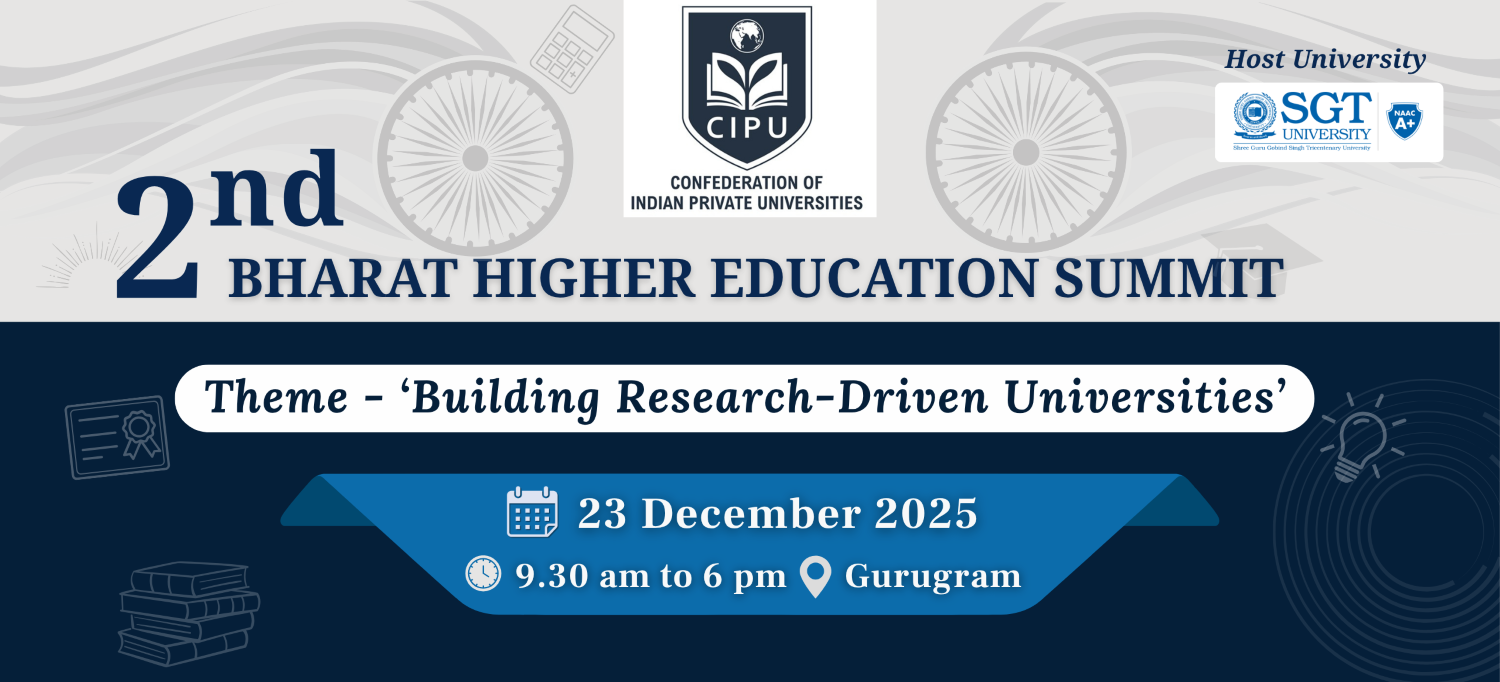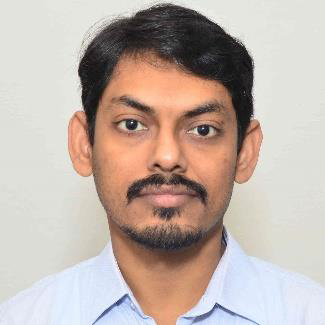1.How do you see the role of interdisciplinary learning evolving in engineering education in India?
Interdisciplinary learning is crucial in order to tackle the problems of the real world, otherwise the solution will not have a holistic view and will end up creating more problems in society. Institutions need to develop their own strategies to blend learnings from other streams into the curriculum. In IIT Roorkee, in the first year, there is a course Tinkering and Mentoring where the students are required to take up small projects based on their interest, and this may not necessarily align with their chosen streams. The projects need to deliver a hardware or a design solution, and teams of students are formed from various disciplines. I believe this is a good way to plant the seed of interdisciplinary thought process in the students. However, lot remains to be done. Institutions need a platform to share their strategies fostering interdisciplinary learning. This brainstorming would help one and all. I have a few suggestions in this regard. I had been raised in our family providing a lot of exposure to different things outside our curriculum-based knowledge, such as fiction books, cinema, arts, etc. I have observed that students these days in general are not exposed to such variety. This is detrimental to the overall personality development. Great people have always said that we must keep the windows of our mind open to let new thoughts and ideas come in. This helps in developing an all-round perspective and appreciation for life, which includes their education and career as well. What can be done in the undergraduate level to correct this is to keep in the curriculum a time to mandatorily engage with great works of fiction, cinema, performing arts, fine arts, etc. Most institutions do have some clubs which do these activities, but what I am saying is that these need to be devised into the curriculum so that everyone is at least exposed to each different form. A lecture on appreciations of these things could be included as a 2-credit course. Additionally, engineering disciplines require a lot of general sciences and social science disciplines. In addition to the math, physics and social science courses, it could also be a good idea to keep an exercise in reading a non-fiction book on these subjects. The relevant teachers of a subject may prescribe one such book which the students will need to read through the semester. This will help them grow the habit of reading non-fiction books that would be highly valuable throughout their remaining life. I would suggest that one non-fiction math book each year to be read by the students, in addition to other such books in physics, biology, social sciences, economics, history, psychology, philosophy, etc. This will help the student develop a multi-dimensional perspective to solve problems in engineering as well as in overall life. To effectively implement such non-fiction reading, group or classroom sessions for such readings could be included as a mandatory pass course of 1 or 2 credits linked to attendance of students
2.What changes do you believe are most needed in the Indian higher education system to foster innovation and research excellence?
The higher education system must allow the opportunity to create innovation through interdisciplinary research. The selection criteria in PhD is many times rigidly set going by the UG and PG disciplines of the student. However, in case of a PhD, I think the faculty running a lab or a group is the best judge in selecting a student, who may be coming from a very different branch altogether. Unless we create interdisciplinary teams in the research labs, different perspectives in solving a problem cannot be brought in, which is the foundation of new innovation and research excellence. The infrastructure is another point. The institutions need to create infrastructures to foster innovation and research excellence in a particular direction. These could be broad theme based, such as Internet of Things, Precision Manufacturing, Smart Grids, Robotics, etc. CIPU could bring together private institutions together to create clusters of excellence in these areas, and focus on development of world-class research facilities in each cluster of excellence.
3.In your view, how can premier institutions like IIT Roorkee collaborate more effectively with private universities to uplift the quality of engineering education nationwide?
Premier institutions have qualified faculty in different streams. Private institutions can make a partnership with the premier institutions that enable mobility of the faculty to the private institution for a semester or half a semester, as the need may be to deliver a course and set up research facilities. Private institutions can offer the utilization of their research facilities (such as thosecreated as part of clusters of excellence mentioned in the last answer), which may not be present in the premier institution. This will create a win-win situation for both and add to the overall development of India through effective engagement and collaboration within higher education institutions.
4.How important is global exposure and international collaboration for Indian institutions, and how can we make it more accessible?
Global exposure is very important in higher education, especially if we look for innovation and cutting-edge research. Due to availability of more funds and greater academia-industry connect in foreign universities, they usually have state-of-the-art lab facilities in which next-generation innovation can be driven. A partnership with them can enable the utilization of these facilities by the Indian academia. India has no dearth of creative ideas, and the partnership can be helpful in advancing technology through the intersection of innovative ideas from India and abroad. To foster more international collaboration, India needs to create more and more schemes for global exchange. Presently there are some such schemes, but more is needed. We can model our schemes based on successful global funding agencies like DAAD, DFG, FWO, etc. One thing that the private institutions can take a lead in is to establish institutes modelled on Brussels Institute of Advanced Studies, Edinburgh Futures Institute, etc. These institutes will be like a hub of interaction between experts from diverse disciplines of knowledge to foster future interdisciplinary research. A global call for fellowships could be placed from these institutes that would encourage experts from one field of study to come to India for the fellowship program and brainstorm together to advance the field and shape its future development. This would no doubt advance innovation and put India at the centre-stage of it. This would be immensely helpful in building new collaborations which can go on to become strong research partnerships in future. Another avenue to bring in global experts in India is through funding supports given to seminar activities. Seminar is a great way for academia to engage with each other and plan for future collaborations. CIPU could develop such seminar programs as well as the institutes of advanced studies mentioned above.
5.Looking ahead, what is your vision for the next decade of higher education in India?
If it is up to me, I would envision an India that would incorporate the Indic thought (Bharatiya Chetana) in its higher education.The Bharatiya Drishtibhangi(Indic perspective) would be a unique one that can enable the amalgamation of ideas from around the world to create a sustainable and just society in future, with technology that fosters growth and harmony. We have a vast knowledge source that is waiting to be rediscovered for the application in modern times. Only in this way, Bharat can be a distinct contributor to the world higher education. Efforts are on the way through government initiatives to foster the Indian Knowledge Systems. Some independent institutions are also supporting the cause. I would envision that passionate private institutions can come together to support this cause of rediscovering the Indian Knowledge Systems and train the future generation in seeing this knowledge through the modern perspective, so that it becomes a tool for helping create new innovations that would holistically solve today’s problems, as underlined in the Sustainable Development Goals set by the United Nations. Let us take the lead in this together.




